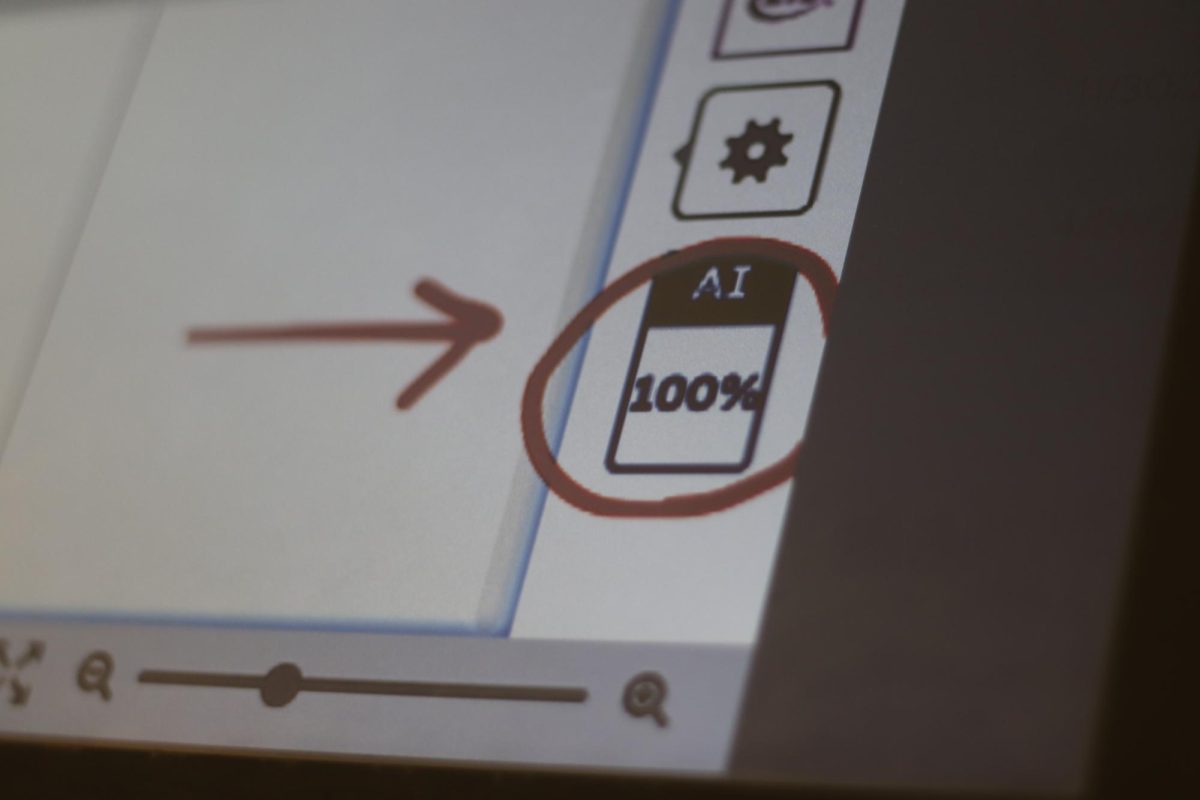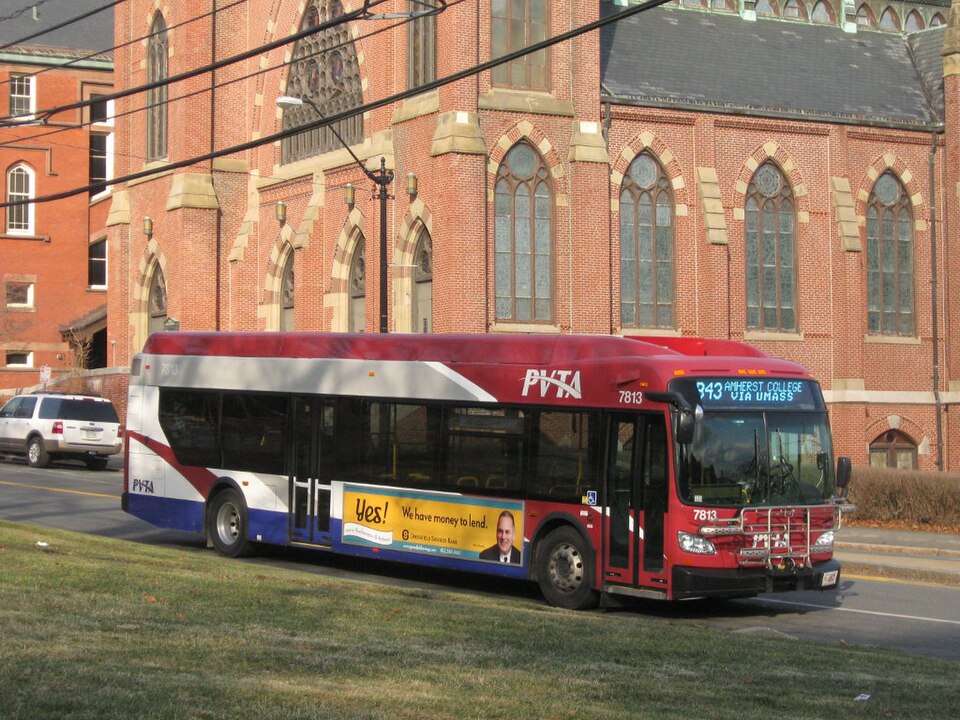Students at our high school should be allowed to use AI on schoolwork… sometimes. When AI is mentioned anywhere near an academic setting everybody immediately denies all suggestions of it being allowed within the classroom. This can be due to several reasons, such as the lack of positive information being spread within a school environment, or potentially past bad experiences.
One application of AI that most individuals overlook is the ability to have a more efficient, specific, and advanced search tool at their disposal. Let’s say that you are a student and you have a 3 paragraph essay due at the end of the week. What would be the most effective way to research your topic? Could it be spending a multitude of hours browsing different websites and compiling it all into one document, or could it be typing in a prompt and having artificial intelligence do it for you? Within reason, most can assume that nearly every student would choose the second option.
Instead of wasting extra time attempting to find different sources of information, you could just rely on a tool to bring everything into a centralized location. Could someone possibly argue that this takes away from a student’s academic experience? Yes. However, most would argue no. Here is why: AI isn’t going away.
AI will inevitably be used within a classroom setting in the near future. If this is the case, then why not start today? Because some people are scared of the negative effects AI can have on work environments. This is why it is especially important to minimize the usage of AI for malicious purposes such as cheating or not being academically honest, and focus on the benefits it can have on students’ work and time management. This prohibition can be achieved by spending time teaching students how to effectively use AI to assist them in their work, as well as choosing the right AI tools to get the job done.
As a whole, we have to consider the possibilities for AI to benefit more than just students. AI can be especially helpful in assistive technology like communication devices, screen-reading devices, and text-to-speech devices. The benefits of artificial intelligence are endless, and more and more will continue to revolutionize how we utilize AI.

Alongside specified assistive technologies, AI can also have applications within the average person’s daily life. This can be as simple as remembering something, or something more complex like creating planners or helping solve difficult problems. What most individuals fail to realize is that AI is a tool, but can be used as a weapon. It’s up to guidelines and restrictions to minimize the malicious usage of AI.
If you are still skeptical about the real-world application of AI within the classroom, I spoke to the chair of the history department here at the high school, Timothy Balut, who has utilized AI within his classes to help students do more efficient research and planning.
“Education industries and public schools have to start using it as an educational tool,” Balut said. “It’s not going away.”
Balut said one of his concerns about student AI usage is that rather than help students produce better work, it will produce work for them. This is a valid concern, however, with the proper training and guidelines, it can be avoided.
“We have the education to teach students how to use new technology and how to be responsible with it,” Balut said, while stressing that AI has the potential to greatly assist students with their learning.
AI isn’t perfect yet, so it will take some time to properly integrate it into education systems. I think that as a whole it has the potential to completely revolutionize how people consume information and it should become standardized in schools as a tool to make students more efficient.











